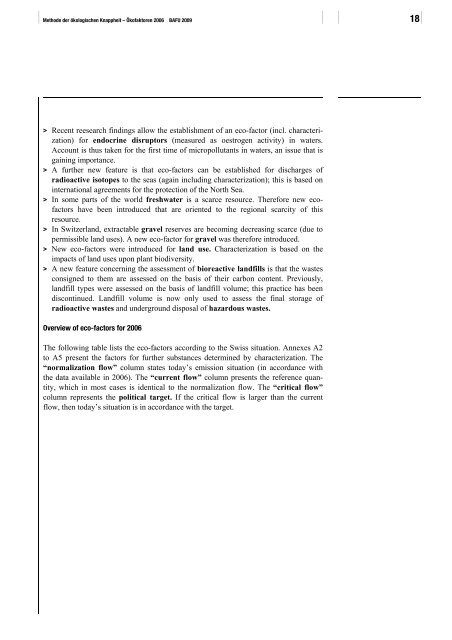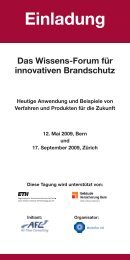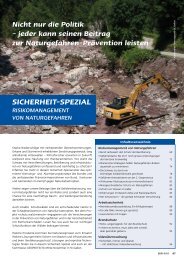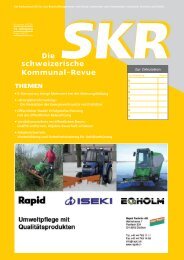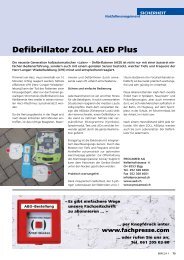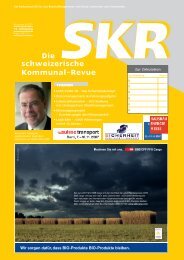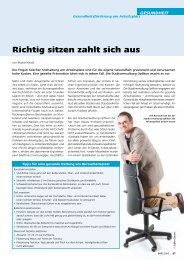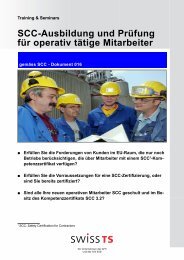2 > Methodische Grundlagen
2 > Methodische Grundlagen
2 > Methodische Grundlagen
Sie wollen auch ein ePaper? Erhöhen Sie die Reichweite Ihrer Titel.
YUMPU macht aus Druck-PDFs automatisch weboptimierte ePaper, die Google liebt.
Methode der ökologischen Knappheit – Ökofaktoren 2006 BAFU 2009 18<br />
> Recent reesearch findings allow the establishment of an eco-factor (incl. characterization)<br />
for endocrine disruptors (measured as oestrogen activity) in waters.<br />
Account is thus taken for the first time of micropollutants in waters, an issue that is<br />
gaining importance.<br />
> A further new feature is that eco-factors can be established for discharges of<br />
radioactive isotopes to the seas (again including characterization); this is based on<br />
international agreements for the protection of the North Sea.<br />
> In some parts of the world freshwater is a scarce resource. Therefore new ecofactors<br />
have been introduced that are oriented to the regional scarcity of this<br />
resource.<br />
> In Switzerland, extractable gravel reserves are becoming decreasing scarce (due to<br />
permissible land uses). A new eco-factor for gravel was therefore introduced.<br />
> New eco-factors were introduced for land use. Characterization is based on the<br />
impacts of land uses upon plant biodiversity.<br />
> A new feature concerning the assessment of bioreactive landfills is that the wastes<br />
consigned to them are assessed on the basis of their carbon content. Previously,<br />
landfill types were assessed on the basis of landfill volume; this practice has been<br />
discontinued. Landfill volume is now only used to assess the final storage of<br />
radioactive wastes and underground disposal of hazardous wastes.<br />
Overview of eco-factors for 2006<br />
The following table lists the eco-factors according to the Swiss situation. Annexes A2<br />
to A5 present the factors for further substances determined by characterization. The<br />
“normalization flow” column states today’s emission situation (in accordance with<br />
the data available in 2006). The “current flow” column presents the reference quantity,<br />
which in most cases is identical to the normalization flow. The “critical flow”<br />
column represents the political target. If the critical flow is larger than the current<br />
flow, then today’s situation is in accordance with the target.


